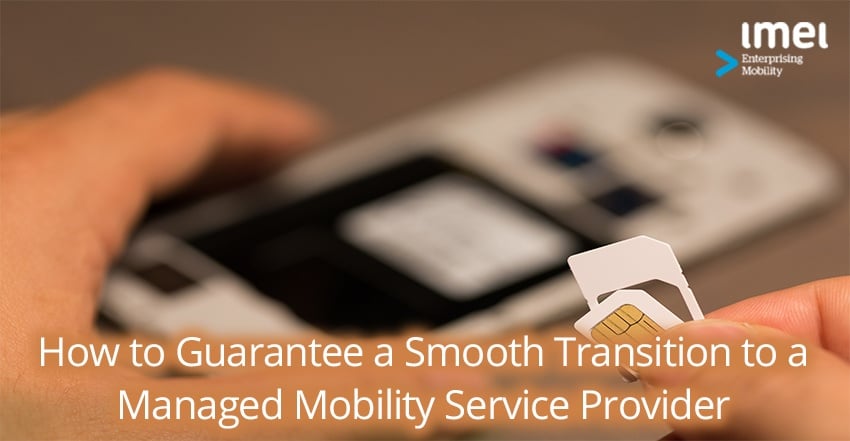For all businesses, timely and reliable communications within the organisation and with customers and suppliers is critical to success. However, as the demands of business communications grow ever more sophisticated, managing communications requirements becomes ever more complex, as does the communications spend.








